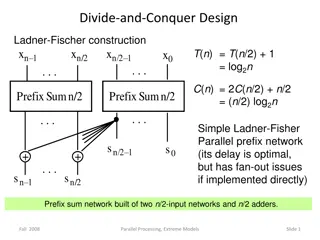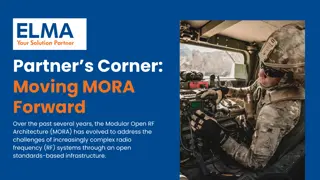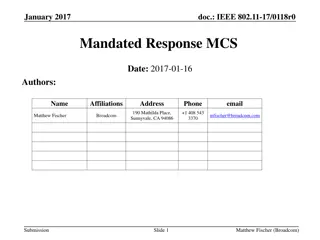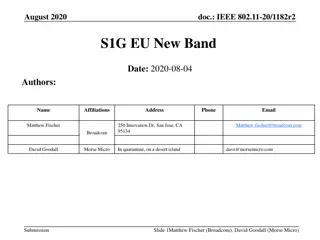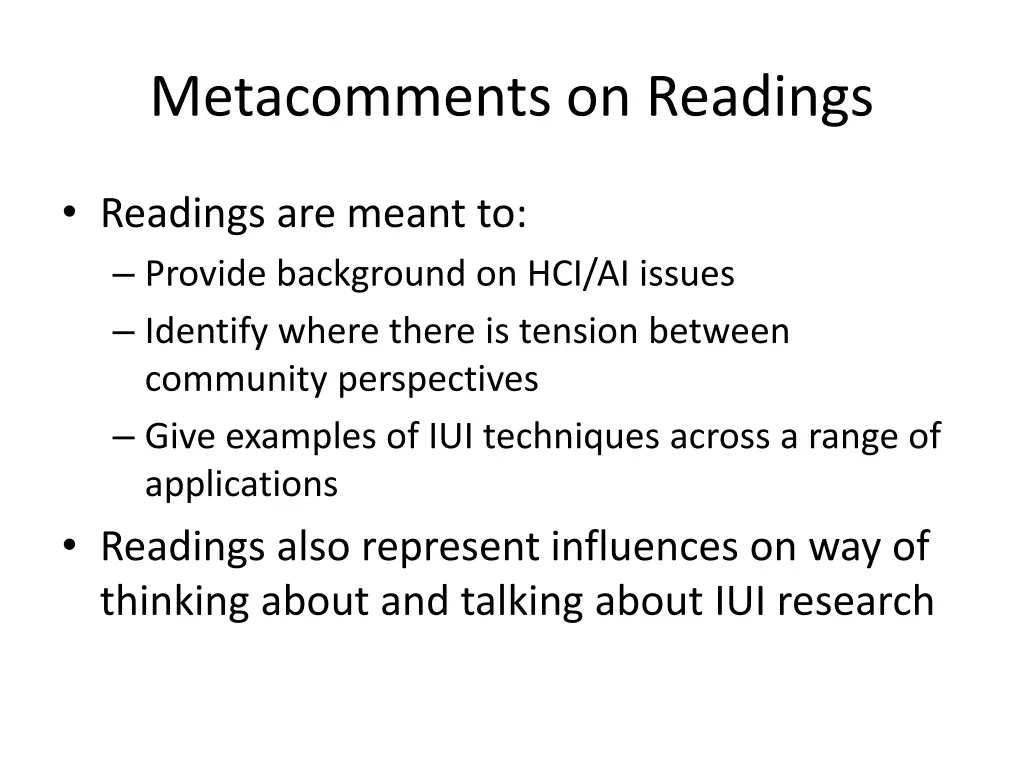
Insights into Intelligent User Interfaces (IUI) Research and Influences
Explore academic genealogy, levels of discussion, research approach, and considerations for designing cooperative problem-solving systems in the realm of Intelligent User Interfaces (IUI), featuring key influencers like Tony Gorry, Joseph Weizenbaum, Gerhard Fischer, Herb Simon, Seymour Papert, and Alan Kay.
Download Presentation

Please find below an Image/Link to download the presentation.
The content on the website is provided AS IS for your information and personal use only. It may not be sold, licensed, or shared on other websites without obtaining consent from the author. If you encounter any issues during the download, it is possible that the publisher has removed the file from their server.
You are allowed to download the files provided on this website for personal or commercial use, subject to the condition that they are used lawfully. All files are the property of their respective owners.
The content on the website is provided AS IS for your information and personal use only. It may not be sold, licensed, or shared on other websites without obtaining consent from the author.
E N D
Presentation Transcript
Metacomments on Readings Readings are meant to: Provide background on HCI/AI issues Identify where there is tension between community perspectives Give examples of IUI techniques across a range of applications Readings also represent influences on way of thinking about and talking about IUI research
Academic Geneology Undergraduate advisor: Tony Gorry (@ Rice and BCM) His advisor: Joseph Weizenbaum (ELIZA) Graduate advisor: Gerhard Fischer (@ Univ. Colorado) Habilitation advisor: Herb Simon Worked with Seymour Papert (MIT) & Alan Kay (Xerox PARC) Graduate advisor: Ray McCall (@ Univ. Colorado) His advisor: Horst Rittel (wicked problems, IBIS design rationale) Internship and post-PhD job: Xerox PARC Began long-term collaborations with Catherine Marshall Around many senior HCI researchers: including Lucy Suchman Point of all this: We will read books/papers representing a number of these influences
Beyond Intelligent Interfaces: Exploring, Analyzing, and Creating Success Models of Cooperative Problem Solving Gerhard Fischer & Brent Reeves
Levels of Discussion for Fischer/Reeves As contradiction of (some aspects of) early intelligent interfaces literature As method for using success models As description of particular problem/solution Overview of situated cognition literature
Research Approach Look at success in other contexts Look at shortcomings and successes Understand human limitations and opportunities
Where is the Intelligence? Intelligent interfaces: in the user discourse machine Interfaces to intelligent systems: in the task machine Need to put intelligence in both, or bridge the two components Cooperative problem solving systems integrate interaction mechanisms with domain knowledge
Considerations for Designing Cooperative Problem-Solving Systems Understanding complex task domains Users cannot specify their task prior to doing it Level of cooperation between human and computer Exploit asymmetry of partners Impact of communication breakdowns Cannot design away all miscommunication Role of background assumptions Build systems on the premise that background assumptions can never be fully articulated Semi-formal vs. formal approaches Combining information delivery with automatic reasoning Humans enjoy doing and deciding Automate uninteresting tasks while empowering the user
Intelligent System Assumptions Users can fully articulate their problem in advance Users will ask for help Cannot ask for information you do not know exists A consultation model is acceptable Studies of physicians' attitudes to MYCIN showed this is not always so General purpose programming environments are sufficient Too far from the problem space
Earlier Systems HELGON: retrieval by reformulation LISP-CRITIC: user asks for help ACTIVIST: system volunteers information SYSTEMS ASSISTANT: mixed-initiative interaction FINANZ: end-user (domain expert) modification
High-Functionality Systems (HFS) Common LISP programming on the Symbolics as a problem domain. Requests for new Microsoft Word features
Challenges Posed by High-Functionality Systems Users do not know the existence of tools Users do not know how to access tools Users do not know when to use tools Users cannot combine, adapt, and modify tools according to their specific needs.
Success Model Idea: Find HFS in real world and see why it works McGuckin s Hardware 350,000 different items 33,000 square feet Very popular Study: tag along with consumers to see how it works
Results Knowledgeable sales agents help to Determine what people need Locate tools Explain use of tools Combine/adapt tools Elicit problem understanding Miscommunications were common but resolved
Incremental Problem Specification you cannot understand the problem without having a concept of the solution in mind Asymmetry of knowledge Horst Rittel Description of Problem Space (customer) solution Description of Solution Space (sales rep)
Observations of Expertise Not only ability to problem solve Learn incrementally and restructure one s knowledge Knowing when to break the rules Determine the relevance of information Degrade gracefully if not in core of expertise
Additional Characteristics Multiple specification techniques Descriptions could take multiple forms Mixed-initiative dialogues Physical artifacts and feedback Distributed intelligence departmental expertise Setting of problem matters Carraher et al. found that Brazilian school children who worked as street vendors were 98% accurate for street transactions while only 37% accurate on mathematically identical problems in the classroom
Integrated, Domain-oriented, Knowledge-based Design Environments Combining unselfconscious design in construction kit with mixed-initiative delivery of information about design via knowledge-based critics and argumentation Requires a combination of structured and semi- structured information about domain The roles of specifications examples
Integrated, Domain-oriented, Knowledge-based Design Environments What would the big data/ML approach generate? What would be missing?
Final Thoughts "High-functionality computer systems offer the same broad functionality as large hardware stores, but they are operated like discount department stores" Need human-problem domain communication User modeling might help but is second order term in problem solution
Thinking Ahead Can consider these methods of human-computer cooperation in designing new IUIs Catalog providing access to a variety of starting points for the user and focus based on task/user Critic looks over the user s shoulder to provide suggestions during user-driven activity Design rationale explains why recommendations were made and trade-offs in making decisions Simulation component presents heuristically- derived expectations for a specific set of decisions What other modes of cooperation exist in human-human activities?







